Speechless: Writing Dialogue for Characters Who Don’t Speak
Written by Evie Manieri
It’s fair to say that creating dialogue for the characters in a story isn’t just about putting words in their mouths. Facial expressions, gestures, and tone of voice can convey just as much information – or more, especially when a character is being less than honest. We rely on them to convey the speaker’s state of mind.
When the Norlanders invade the Shadar at the opening of Blood’s Pride, the Shadari give them a gruesome nickname: the Dead Ones. They are gaunt, pale – and seemingly entirely without speech. Not only are their words inaudible to the Shadari, but they have no facial expressions, no gestures and no body language of any kind. Their language occupies a middle ground between the spoken word and mind-reading: it developed as an adaptation to the harsh environment of their homeland, an unrelenting landscape of cold, snow, and dangerous predators.
There’s a unique challenge, then, in writing dialogue for the Norlanders. On the one hand, it keeps those dreaded, over-used gestures from creeping in. There’s nothing like a character who wouldn’t know the meaning of an eye-roll if you hit him over the head with it to keep you from getting lazy. On the other hand, it chucks an entire lexicon of physicality straight out of the window.
The Norlanders aren’t without emotion: far from it. They project words to each other as in traditional speech, but they also experience each other’s emotions in a direct and intimate way, often perceiving them metaphorically as colors, images, or a sense of movement. So, in place of the knowing smile and the sidelong glance, we have a paint-box of shades and motifs that any Impressionist would envy. It’s a trade-off I’ll take any day.
Interactions from the Shadari point of view are even more challenging. The few Norlanders who trouble themselves to speak Shadari do so without facial expressions or vocal inflection of any kind. The Shadari have to look for more subtle clues: for example, a Norlander who finds speaking painful may be uncomfortable with what they’re saying. An agitated person might muddle their syntax or have trouble finding words. Someone who cringes when spoken to might not like the content of what they’re hearing, and not just the effect of the sound on their hyper-sensitive ears.
It’s no coincidence that the protagonists in Blood’s Pride are all translators of sorts, navigating between verbal speech and silent speech, the spoken and the unspoken, protective lies and ugly truths. Their heroism comes from their courage to forge and fight for relationships with each other despite the obstacles. That is, until they get around to inventing the emoticon. ;–)
…………………………
From the Tor/Forge February newsletter. Sign up to receive our newsletter via email.
…………………………
More from the February Tor/Forge newsletter:
- Cory Doctorow on Aaron Swartz
- An Interview with Lady Trent, Dragon Naturalist by Marie Brennan
- Grab Bag Sweepstakes

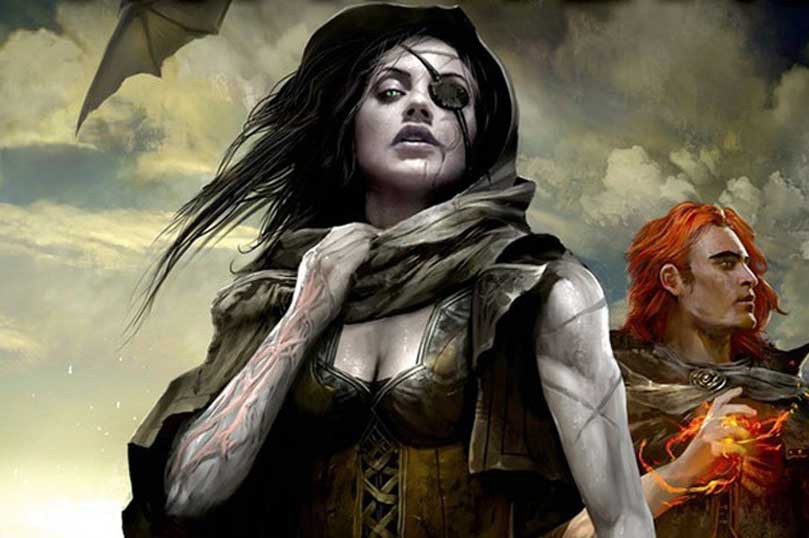

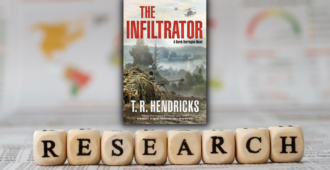
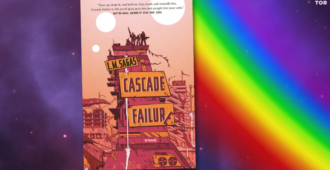
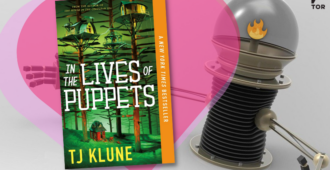
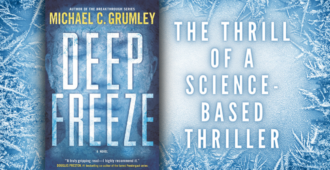

Comments are closed.
Leave a Reply